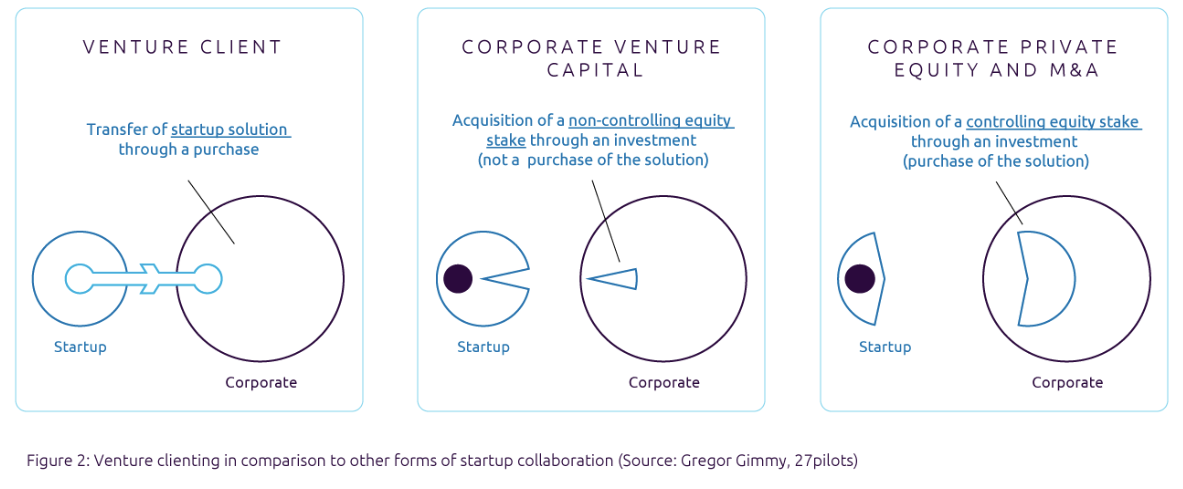technology scouting. technology scouting. technology scouting platform. technology scouting.
Technology scouting involves discovering, analysing, and assessing new or existing technologies to enhance innovation. It is about companies seeking external technology to fuel their progress, a crucial part of open innovation.
In today’s dynamic economy, maintaining competitiveness means generating continuous ideas. Failure to innovate risks obsolescence, as seen with Nokia and the Android Revolution. Despite accessible technology, many businesses reinvent the wheel, wasting time and money.

Source: dreamstime
Big corporations frequently encounter significant hurdles in internally developing fresh innovations, such as extended time-to-market, cultural clashes, and substantial risk factors. Embracing innovation and technology scouting provides a pathway for these companies to circumvent these challenges, enabling the delivery of groundbreaking products, services, and solutions that significantly elevate their value proposition. This approach empowers innovation scouts to provide a comprehensive strategic assessment of startups, technologies, patents, and experts capable of influencing your company’s trajectory.
Pre-built wins. Developing your technology demands substantial resources and can be hindered by internal innovation constraints. Often, integrating premade technology through partnerships, licensing, or mergers offers a more practical approach, ensuring fast implementation and reducing time-to-market pressures.
Competitive edge. Staying ahead in innovation means seizing the latest solutions to expand product offerings and secure market dominance. Accelerating time-to-market positions you to harness cutting-edge technology before competitors, securing a pivotal advantage.
Product enhancement. Scouted solutions not only drive profitability but also enhance the value of existing products, enriching your portfolio for customers. Seamless integration ensures a comprehensive solution, elevating overall product value.
Talent recruitment. Beyond technology scouting, tapping into the talent behind innovations yields significant benefits. Integrating skilled individuals into your innovation process is essential for sustained growth.
Inspiration for innovation. The innovation scouting journey is as enriching as its destination. Exploring new technologies and talent exposes teams to fresh ideas, fostering creativity and igniting innovation efforts across the organisation.
Starting the hunt for new opportunities can seem daunting, let alone gaining an early advantage over competitors. With the abundance of information available, sorting through and identifying relevant technologies can be overwhelming (if you do not use the right tool). Moreover, resource constraints play an important role in this. Limited time, budget, and personnel can hinder the effectiveness of scouting efforts.
A lack of efficient processes results in excessive time spent searching for and organising existing data. Integrating external technologies into existing systems or processes may pose technical and organisational challenges. Therefore, evaluating the risks associated with adopting new technologies, including IP issues and regulatory compliance, requires careful consideration.
Establishing effective communication channels poses a challenge in ensuring seamless information exchange between scouts and stakeholders. Internal resistance to change or reluctance to adopt external innovations can impede these initiatives as well.
Before embarking on the quest for innovative companies and solutions, define your objectives. With countless possibilities, specificity in criteria streamlines progress. Consider these strategies to refine your focus:
Alignment with innovation strategy. Establish clear priorities and goals for your scouting process. If your company lacks an innovation strategy, initiate its development by proposing core principles aligned with senior leadership, laying the groundwork for organisational innovation.
Gap analysis for innovation. Identify inefficiencies hindering your company’s full potential. Prioritize addressing chronic gaps that persist despite scouting efforts, focusing on areas most relevant to innovation, such as cutting-edge technology identification.
Monitoring innovation trends. Embrace innovation trends as avenues for advancement. By tracking trends relevant to your innovation strategy, leverage scouting opportunities aligned with emerging opportunities and industry developments.
Once objectives are clear, determine the types of opportunities to pursue. While targeting multiple channels simultaneously is an option, each may necessitate distinct tools and processes for effective management. Therefore, choose your targets thoughtfully.
Startups. Every business aspires to innovate with the agility of startups. Collaborating with them can provide off-the-shelf technology to accelerate your innovations and drastically reduce time-to-market. However, accessing startup innovation often poses challenges. Finding a suitable match that meets your specific needs and aligns with your commercialisation or licensing strategy can be daunting amid fierce competition. Yet, discovering the right startup can yield significant rewards.
Experts. To remain at the forefront of your industry, you require top-tier talent to propel innovation. Engaging external experts from the broader community is paramount. Whether integrating them into your team or involving them on a project basis, their expertise and creativity can elevate your innovation endeavours.
Patents & research. An often overlooked aspect of the innovation landscape is the origin of groundbreaking technologies. Many significant innovations originate from academic research or patented inventions. Monitoring these opportunities through your scouting network enables early identification of potential game-changers.
Trends. While scouting based on existing trends is viable, actively managing trends within your scouting process offers added value. Understanding market trends at an early stage informs the direction of your scouting efforts, ensuring alignment with emerging opportunities.
Numerous strategies exist to capitalise on assets identified through scouting. The most suitable approach hinges on your specific needs and financial constraints, yet external factors often play a role. When a promising innovation arises, remaining flexible regarding potential commercialisation avenues is essential to ensure its delivery for your company.
For decades, tools like accelerators, incubators, and CVCs have fueled corporate innovation by providing access to cutting-edge technologies, business models, and offers, opening the path for limitless possibilities. However, a new strategy is gaining traction: venture clienting.
Corporates interact with startups as clients instead of partners, investors, or parent companies. This method has the twin benefit of giving corporates quick access to unique ideas while also providing startups with the critical early revenue essential for growth.

In any technology scouting endeavour, maintaining alignment with internal stakeholders is essential. Gathering feedback and insights from a diverse range of experts and teams is crucial for making informed decisions confidently.
Innovation team. Close collaboration with the innovation team is essential to ensure that scouting efforts align with the company’s strategic innovation objectives. Additionally, the scouting team can provide valuable insights into external opportunities.
Decision-making. Engagement with leadership is pivotal for securing support and resources for scouting initiatives. Regular communication and involvement of the executive level in decision-making processes are essential for driving progress.
R&D. Scouting for external technologies necessitates close coordination with the R&D department to avoid duplication of efforts. The R&D team’s expertise is invaluable for evaluating scouting portfolios and providing insights.
Business development. Once a list of promising startups is identified, collaboration with the business development team becomes crucial. Whether pursuing M&A, partnerships, licensing, or procurement, involving specialists in managing relationships across the deal flow process is beneficial. Collaboration with business development colleagues can refine the approach to startup relationship management and partner engagement.
The first step is to identify relevant opportunities, as known as startups. There are many ways of doing so, at Novable we organise them into 4 categories.
To be efficient in a startup scouting activity, innovation managers and corporate venturing professionals usually rely on a startup scouting stack. It is a combination of the above-mentioned methods.
The most recent startup and technology scouting platforms leverage AI and human expertise to deliver full-scope professional solutions. It acts as an extension of your team. The benefits are tangible. While technology delivers light-speed results on a much broader reach, the consultants’ expertise complements it with innovation and startup literacy.
Think of it as a Pareto rule: 80% of tedious searching tasks are delegated to the machine in a matter of seconds to provide better and faster results.
“At Whitespace, we work closely with customers demanding innovative solutions for tomorrow’s tech. We use Novable to help us identify the best and brightest SMEs and Startups to find the best matches to help them get there.” Liam Webber, Innovation Outreach at Whitespace. More here.
Over the next 10 years, around 50% of Fortune 500 companies will be replaced. Also, at least 40% of all businesses will die if they can’t figure out how to accommodate new technologies, as well as innovation. Play smarter, not harder!
How do you classify your technology scouting process? Do not know where to start from? Let’s have a talk and share your thoughts with us on LinkedIn!